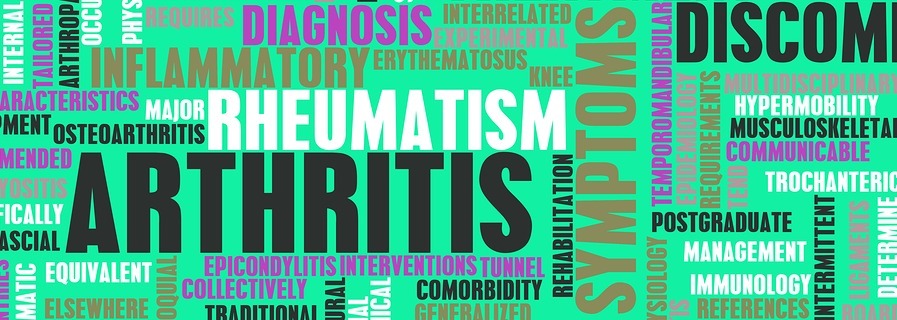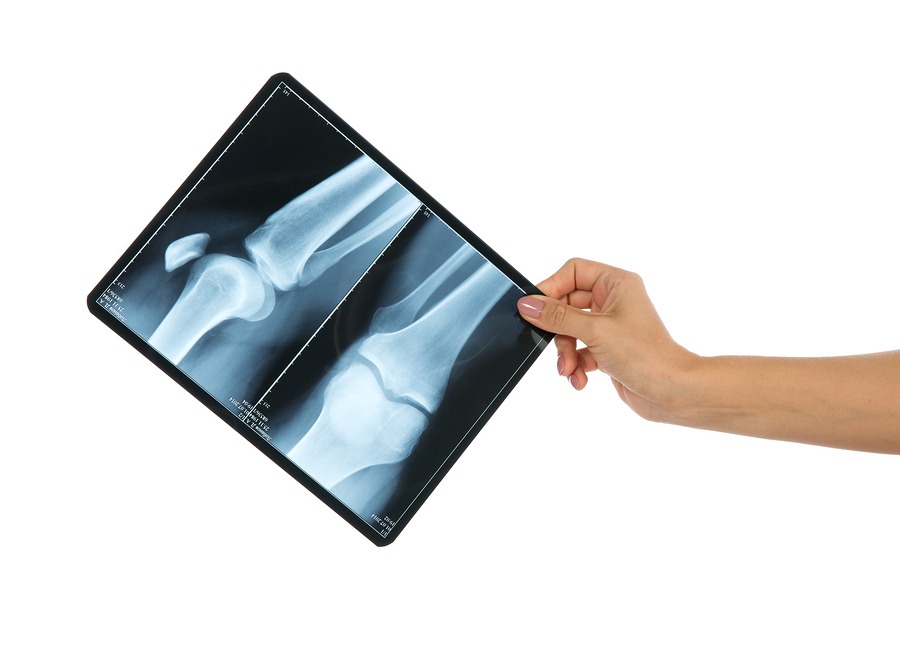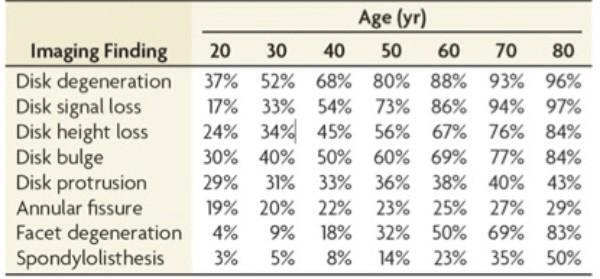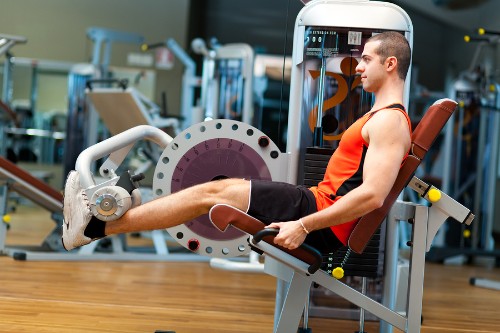Most of us have heard this phrase either directly from a doctor trying to explain your problem or from someone you know who says “yeah, it’s just a bit of wear and tear”. But what does this mean. Is it accurate, is it a good thing or a bad thing and does it mean you’re wearing out?
Firstly we need to understand arthritis.

Yes, Arthritis, It’s a scary word to most of us but arthritis isn’t a single thing. In fact there are over 200 types of arthritis. The one that most people know of or think about is Osteoarthritis. The ends of our bones (at the joints) are covered in cartilage. This cartilage acts as a shock absorber and also stops our bones from growing, acting like a cap to the bone. If the cartilage starts to wear out, well then the bone can start to grown through the gaps in the cartilage forming what is known as an osteophyte or bone spur and this is what happens when we develop osteoarthritis. Our skeleton reaches maturity around 22 years of age. After that things start to wear out. This doesn’t have to be or sound dramatic, it’s the way we were designed and the cartilage is there to wear away over our lifetime. It’s normal.
How do you measure wear and tear?

So if osteoarthritis is a wearing process of the joints then we need a grading system for that which is as follows.
Grade 0 – Normal joint. No changes on X-Ray or MRI.
Grade 1 – Possible joint space narrowing and may have some signs of osteophytes starting to form. More than likely there won’t be any pain with this normal amount of change.
Grade 2 – This would be considered ” Mild” Osteoarthritis. There will likely be some joint space narrowing, There might be some extra bone growth and some osteophyte starting to show on X-Ray. You’ll probably have a little bit of thickening of the joint lines. At this stage you might start to get some mild symptoms like pain or stiffness after a long walk or running or after long periods of not moving the joint such as a flight or car journey. Most people would put this sort of thing down to normal wear and tear or age related changes and wouldn’t necessarily do anything about it.
Grade 3 – This would now be considered “Moderate” Osteoarthritis. The space between the bones is narrowing and the cartilage is showing obvious damage. There is likely to be frequent pain on activities such as walking, running and increasing stiffness on inactivity such as sitting for long periods. The joint will probably get swollen from time to time or after certain activities.
Grade 4 – This is “severe” arthritis and gives great pain and discomfort when using the joint. The joint space is dramatically reduced and the cartilage is as good as gone.
What is a normal amount of wear and tear?

When you MRI a joint it is likely that you will discover some changes in the joint. The older you are the more likely these changes are going to be. Having some changes on an MRI scan doesn’t mean it is a source of pain and doesn’t mean it is abnormal or damage, it can be perfectly normal for the individual. Plenty of studies have been done over the years to establish what are normal age related changes in a joint. The table above is the result of one such study which carried out MRI scans of thousands of peoples spines. None of these people had pain yet their scans were showing various amounts of “damage”. The older they were unsurprisingly the more “changes” were noted.
So why use the term “wear & tear” and can you do anything about it?

Well, it’s less scary than using a term like “grade 1 or 2 Arthritis” and it’s completely normal to have these changes so wear and tear about covers it. What’s important is to keep the joints strong and mobile as the better the muscle strength the less work the cartilage has to do and the less wear and tear there will be in the long run. If the joint itself is stiff you can’t get it strong and that’s where physio comes in to help restore or maximise the range of movement.
The next time someone says it’s just wear and tear, perhaps it is just that.




0 Comments